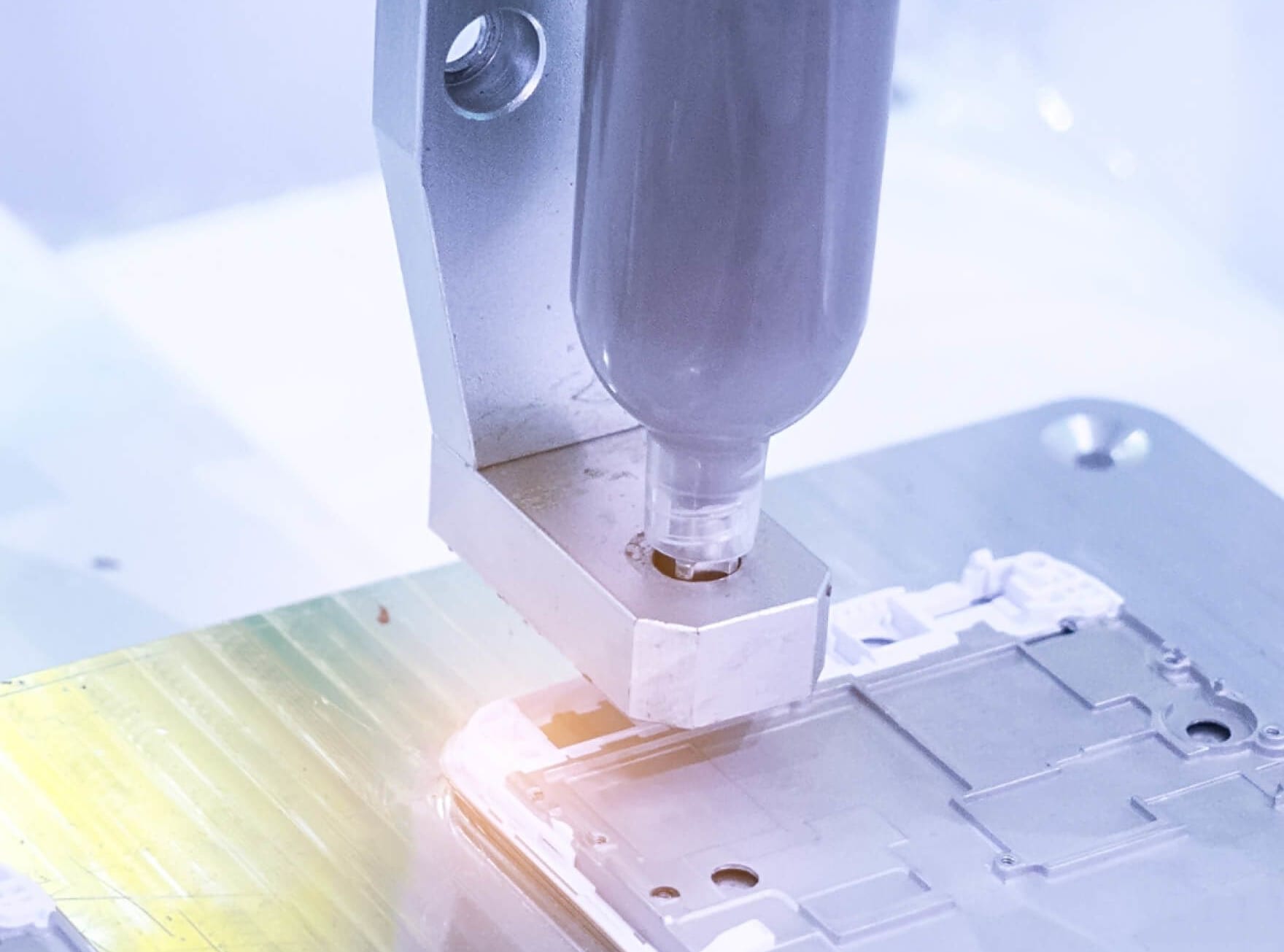Knowde Enhanced TDS
Identification & Functionality
- Chemical Family
- Product Type
- Technologies
- Product Families
Features & Benefits
- Ready-to-Use Product Features
Applications & Uses
- Applications
- Application Area
- Procedure for Applying
1. As with all adhesive bonds, surface preparation is a vital part of the process. Carefully clean both surfaces to be bonded with MEK if possible. If MEK is not compatible with the surfaces to be bonded, another suitable solvent may be substituted.
2. Allow cleaned surfaces to dry for approximately 2-3 minutes.
3. Locate the adhesive onto the preheated substrate(s). Smooth out any trapped air by hand, with a roller or any other smoothing device. Some pressure is advisable to ensure intimate contact between the adhesive and substrate
4. Place the two surfaces together and cure using the guidelines above and enough pressure to hold the surfaces tightly together. Lower temperatures may be used but the cure times will be longer.
5. Allow to cool to room temperature under the same pressure.
6. Remove pressure. Part is ready for use.
Properties
- Typical Properties
- Typical Cured Properties
| Value | Units | Test Method / Conditions | |
| Glass Transition Temperature (Tg) | 150 | °C | - |
| Value | Units | Test Method / Conditions | |
| Volume Resistivity (X and Y Axis) | 1x10^12 | Ω – cm | - |
| Volume Resistivity (Z Axis) | 0.0001 | Ω – cm | - |
| Thermal Stability | Good to 325 | °C | - |
| Useful Temperature Range | 55 to 230 | ºC | - |
| Coefficient of Thermal Expansion below Tg | 50 x 10^-6 | in/in/C | - |
| Coefficient of Thermal Expansion above Tg | 60 x 10^-6 | in/in/C | - |
| Tensile Shear Strength | min. 2000 | Psi | - |
Regulatory & Compliance
- Certifications & Compliance
Technical Details & Test Data
- General Film Description
Substrate Type: PET Release Liner
Conductive Coating Type: Silver/PolymerProduct Code Adhesive Thickness (mils)
126-37-F1 1 126-37-F2 2 126-37-F3 3 126-37-F4 4 126-37-F5 5
Storage & Handling
- Curing Guidelines
Temperature (°C) Time (min.) 160 60 175 30 200 15 These temperatures and times are presented as a guide only. The end-user is encouraged to experiment to determine optimum curing schedule.
- Shelf Life
Storage Temperature B-Staged Film 25°C 1 month -10°C 3 months

